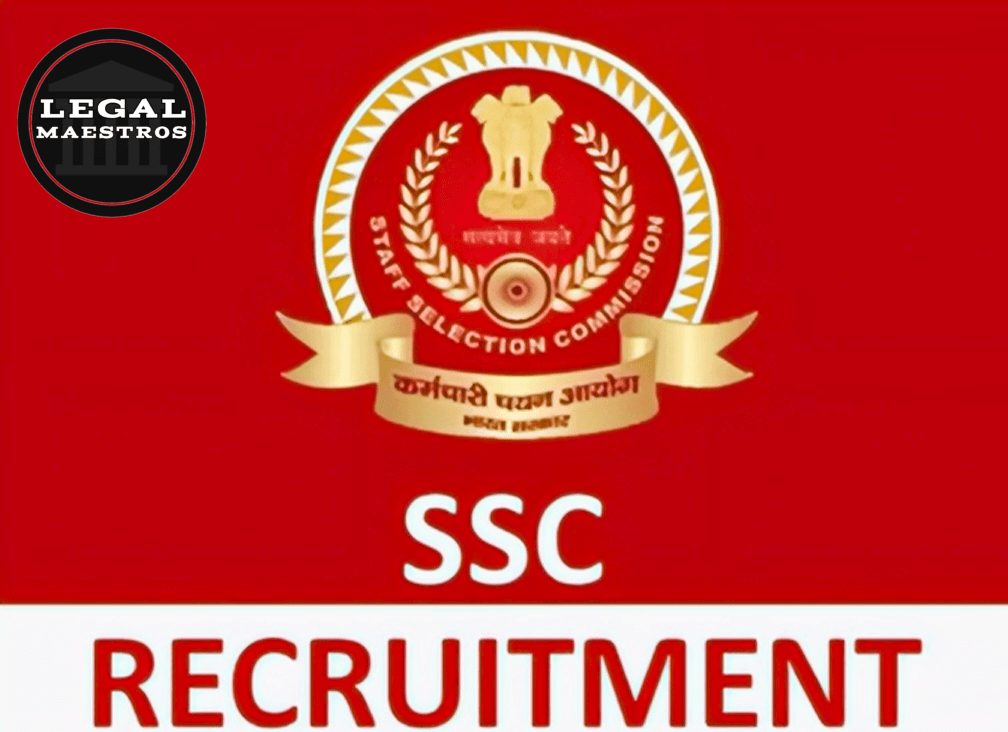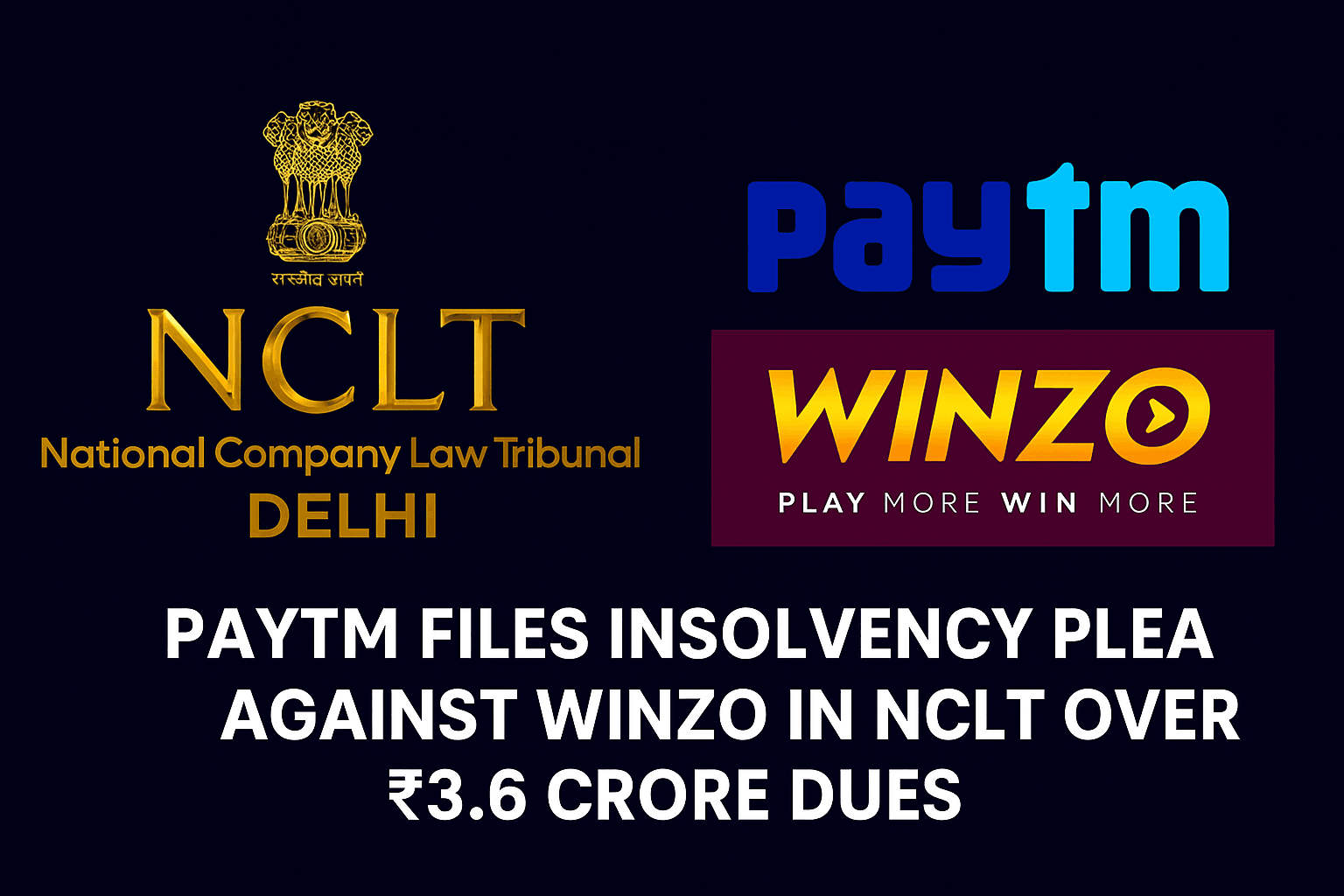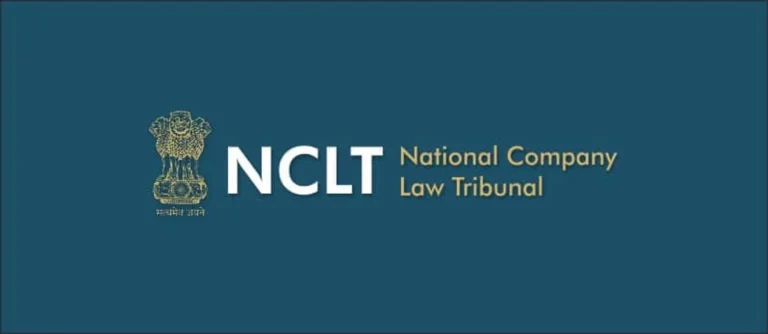
Fraud in West Bengal’s 2016 SSC Recruitment: Supreme Court’s Ruling on Termination of 25,753 Teaching and Non-Teaching Posts
Introduction
There were new teaching and non-teaching posts available in state-aided schools, according to the West Bengal School Service Commission (WBSSC) recruitment that took place in 2016. When proof of widespread fraud surfaced, it turned out to be one of the most significant recruiting scandals in India.
The ruling of the Calcutta High Court to revoke 25,753 appointments was maintained by the Supreme Court of India in 2025. The Supreme Court described the whole process as being polluted by errors that were systemic in nature.
However, this verdict caused thousands of appointees to experience turmoil, which raised issues about accountability, governance, and the future of education staffing in the state. Whistleblowers enjoyed relief as a result of this ruling.
For any queries or to publish an article or post or advertisement on our platform, do call at +91 6377460764 or email us at contact@legalmaestros.com.
Background of the 2016 SSC Scam
at the year 2016, the WBSSC made an announcement on the availability of assistant teachers and support staff positions at a large number of government-aided schools. The selection process included the use of written tests, the compilation of merit lists, and the distribution of appointment letters.
Within a short period of time, it became public knowledge that the answer sheets had been unlawfully altered, and that the choices had been made on the basis of bribery rather than individual talent.
The claims that prominent political personalities and commission officials conspired to influence outcomes and sell positions have been investigated by several investigative authorities, including the Central Bureau of Investigation (CBI) and the Enforcement Directorate (ED). As applicants and their families who were adversely impacted demanded that the government fulfill its promise of conducting fair recruitment, the public uproar mounted.
For any queries or to publish an article or post or advertisement on our platform, do call at +91 6377460764 or email us at contact@legalmaestros.com.
For More Updates & Regular Notes Join Our Whats App Group (https://chat.whatsapp.com/DkucckgAEJbCtXwXr2yIt0) and Telegram Group ( https://t.me/legalmaestroeducators )
Investigations and Evidence
The investigators found a significant amount of evidence that indicated misconduct. The Central Bureau of Investigation (CBI) recovered tampered OMR sheets that revealed “rank jumping,” which is when rank lists were modified in an unlawful manner.
In the course of its raids on houses associated with key suspects, the ED was able to collect significant amounts of cash and gold that were considered to represent the proceeds of the scheme. Over twenty-one crore rupees and several kilos of gold were discovered during a high-profile raid that took place at the residence of an associate employee.
For any queries or to publish an article or post or advertisement on our platform, do call at +91 6377460764 or email us at contact@legalmaestros.com.
A network of intermediaries who facilitated transactions between aspiring teachers and corrupt authorities was discovered via the examination of bank records and the testimony of witnesses. The magnitude of the evidence persuaded the judges that the breach of integrity in the commissioning process was not a singular occurrence but rather indicated a systematic breakdown in integrity across the process.
Calcutta High Court Intervention
The recruiting that took place in 2016 was pronounced invalid and unenforceable by the Calcutta High Court in November of 2021. The court came to the conclusion that the appointments took place as a consequence of deliberate manipulation and misuse of the selection approach.
The whole batch of 25,753 teaching and non-teaching staff members was ordered to be dismissed from service, and a procedure that was both fair and transparent was to be implemented in order to replace the vacant positions.
For any queries or to publish an article or post or advertisement on our platform, do call at +91 6377460764 or email us at contact@legalmaestros.com.
It was highlighted in the verdict that the public’s faith in the educational system had been damaged, and that the rule of law demanded stringent steps to take in order to restore credibility. Although it attempted to contest the ruling, the state administration was ultimately unsuccessful in its efforts to reverse the conclusions of the court.
Supreme Court Upholds Cancellation
The decision of the Calcutta High Court to revoke all 25,753 appointments was affirmed by the Supreme Court in April of 2025. There was no rationale for the bench to intervene with the ruling of the high court, and they referred to the recruiting effort as “systemic fraud.”
Because of the fundamental dishonesty of the selection process, the highest court in the land decided that even if the candidates who were chosen had been performing their responsibilities for years, their appointments were morally and legally unsustainable.
For any queries or to publish an article or post or advertisement on our platform, do call at +91 6377460764 or email us at contact@legalmaestros.com.
According to the court, however, individuals who were declared “untainted”—that is, those who had no established link to the fraud—could continue to work until a new selection was made.
This was a balanced approach that the court took. A definite schedule to restore institutional order was signaled by the verdict, which established a deadline of three months for the issuance of new recruiting advertising and mandated that the process be completed by the end of the year.”
Temporary Relief for Untaunted Employees
In recognition of the difficulties that are brought about by unexpected job losses, the Supreme Court made it possible for applicants who were not affiliated with any wrongdoing to continue working until fresh appointments were confirmed.
For any queries or to publish an article or post or advertisement on our platform, do call at +91 6377460764 or email us at contact@legalmaestros.com.
This practical step acknowledged that firing employees without discrimination would cause disruptions to the operation of schools and would be detrimental to the teaching of pupils.
The court required the authorities to distinguish between those who had convincing proof of participation in irregularities and those whose selection could not be questioned in order to identify those employees who were not contaminated with any wrongdoing. While maintaining the legitimacy of the selection procedure, the strategy used by the court was designed to reduce the amount of collateral harm that occurred.
In order to reduce the amount of time needed for these rulings and to guarantee that they are fair, a tribunal system was proposed.
For any queries or to publish an article or post or advertisement on our platform, do call at +91 6377460764 or email us at contact@legalmaestros.com.
Government Response and Fresh Recruitment Plan
Following the decision of the Supreme Court, the government of West Bengal made an announcement regarding its commitment to comply as soon as possible. The company made a commitment to post fresh adverts within the allotted duration and to conduct recruiting in an open and honest way, with monitoring from a third party, in order to avoid fraudulent activity from occurring again.
Additional changes were recommended by the state to enhance the authority of the School Service Commission and to implement a double-blind examination of answer sheets. Additionally, there was a debate on the possibility of increasing the workforce beyond the vacant positions in order to solve the ongoing staffing shortages that are occurring in underserved rural and urban schools.
In addition to restoring public faith in the recruiting process, the government’s simultaneous goals were to fill open positions as quickly as possible.
For any queries or to publish an article or post or advertisement on our platform, do call at +91 6377460764 or email us at contact@legalmaestros.com.
Impact on Affected Employees and Their Families
Concern and unease were brought about for the 25,753 individuals who were appointed as a result of the cancelation order. There were those who had served for years, establishing jobs and providing for their families.
It was stated that a teacher made an attempt to take her own life as a result of the unexpected loss of income, which caused family budgets to become unstable and led some individuals to take exceptional actions. Those households who had taken out loans or sold assets in order to take advantage of the employment offer were at risk of becoming bankrupt.
Their problems were made worse by the fact that they were stigmatized by the public and faced legal uncertainty. The establishment of support groups and legal aid clinics was done with the intention of assisting workers who were not involved in any wrongdoing in getting other employment or navigating the tribunal procedure for reinstatement until new recruiting was conducted.
For any queries or to publish an article or post or advertisement on our platform, do call at +91 6377460764 or email us at contact@legalmaestros.com.
Analysis of Administrative and Legal Challenges
Both the WBSSC fraud and the ensuing verdicts shed light on the persistent vulnerabilities that are present in large-scale public recruiting opportunities. poor technology precautions against sheet manipulation, a lack of independent audits, and poor protections for whistleblowers are all examples of administrative issues they face.
Due to the failure of the recruiting system, the incident posed a legal challenge since it challenged the balance between administering punishment for fraud and minimizing the suffering that was caused to innocent people. An example of an innovative approach to judicial problem solving is the Supreme Court’s use of tailored relief for workers who have not been guilty of any wrongdoing.
However, the efficacy of these measures will be contingent upon the execution of rigorous procedures, the establishment of clear standards for the identification of candidates who are free from any kind of corruption, and the supervision of the process to avoid any future manipulation.
For any queries or to publish an article or post or advertisement on our platform, do call at +91 6377460764 or email us at contact@legalmaestros.com.
Restoring Public Trust
In order to restore faith in West Bengal’s educational recruiting system, it is necessary to do more than just procedural changes. In order to emphasize ethics and merit, it is necessary for organizations to undergo a cultural metamorphosis.
Participation of civil society observers in exams, rotation of senior officials to avoid collusion, and prompt disciplinary action for any suggestion of improper behavior are all ways in which the state might encourage this. Stakeholders would feel more at ease if there is transparent reporting of progress on new recruiting and public disclosure of changes in policy.
The evidence that no individual or network may take advantage of public resources for their own benefit will ultimately be the deciding factor in determining the level of trust that people have.
For any queries or to publish an article or post or advertisement on our platform, do call at +91 6377460764 or email us at contact@legalmaestros.com.
Conclusion
It is a turning point in the fight for accountability for widespread fraud in the public sector that the Supreme Court has rendered its decision on the West Bengal 2016 SSC scam. The court’s goal was to accomplish justice without causing excessive hardship to workers by upholding the cancellation of 25,753 appointments that were contaminated with misconduct while also offering relief to employees who were not affected by the misconduct. Indicative of a commitment to change is the speed with which the state administration has adopted new personnel policies.
However, the road that lies ahead calls for watchful enforcement, measures that are systematic, and continual openness. Only through fundamental transformation can the promise of credible and equitable teacher recruitment be able to be restored, which will ensure that future generations will have access to exceptional educational opportunities.




![Research Assistantship @ Sahibnoor Singh Sindhu, [Remote; Stipend of Rs. 7.5k; Dec 2025 & Jan 2026]: Apply by Nov 14, 2025!](https://legalmaestros.com/wp-content/uploads/2025/11/Gemini_Generated_Image_s0k4u6s0k4u6s0k4-768x707.png)
![Karanjawala & Co Hiring Freshers for Legal Counsel [Immediate Joining; Full Time Position in Delhi]: Apply Now!](https://legalmaestros.com/wp-content/uploads/2025/11/Gemini_Generated_Image_52f8mg52f8mg52f8-768x711.png)
![Part-Time Legal Associate / Legal Intern @ Juris at Work [Remote]: Apply Now!](https://legalmaestros.com/wp-content/uploads/2025/11/ChatGPT-Image-Nov-12-2025-08_08_41-PM-768x768.png)
![JOB POST: Legal Content Manager at Lawctopus [3-7 Years PQE; Salary Upto Rs. 70k; Remote]: Rolling Applications!](https://legalmaestros.com/wp-content/uploads/2025/11/ChatGPT-Image-Nov-12-2025-08_01_56-PM-768x768.png)